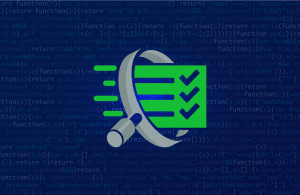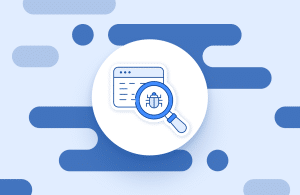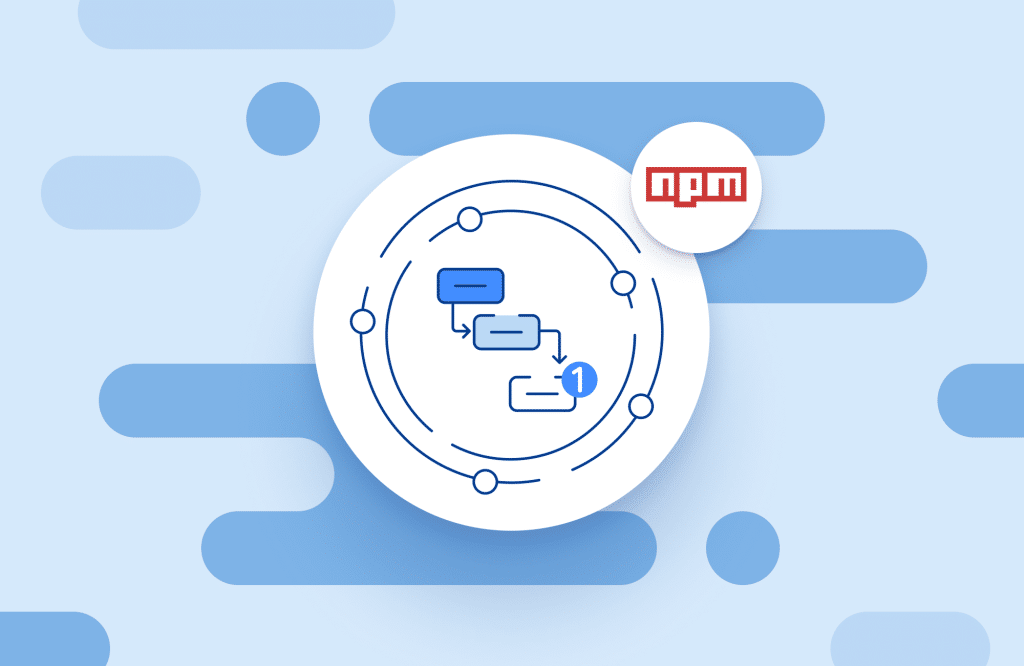Table of contents
Why is Software Vulnerability Patching Crucial for Your Software and Application Security?

Software vulnerability patching plays a critical role in safeguarding your code base, software, applications, computer systems, and networks against potential threats, and ensuring they’re compliant, and optimized for efficiency.
Organizations’ codebases have become increasingly complex, involving sophisticated relationships between components and their dependencies. So, it’s harder to keep track of every component, keep them up-to-date, and ensure they don’t have vulnerabilities that malicious actors can exploit to attack your organization. Software vulnerability patching enables you to overcome this challenge.
This blog post examines the benefits of software vulnerability patching, and how to do it well.
What is software vulnerability patching?
Software vulnerability patching is the process of fixing security weaknesses in software applications and systems by applying updates or fixes to code. The U.S. Cybersecurity & Infrastructure Security Agency (CISA), definition is “software and operating system updates that address security vulnerabilities within a program or product.”
Patches are often pushed from a software developer to all the components and devices containing the software that needs the update. They’re a response to vulnerabilities that aren’t discovered before a major update or a release, or when new issues.
Why is software vulnerability patching important?
Software vulnerability patching fixes software bugs. It stops vulnerabilities from impeding your applications and systems, and from being exploited by malicious actors to carry out harmful activities. Most importantly, it helps ensure that your technology works. The primary reasons for applying patches are:
- Security: Patches close security loopholes by reducing the attack surface. They prevent unauthorized access, data breaches, and other cyberattacks that can disrupt services, steal data, and more.
- Compliance: Industries like finance and healthcare have strict regulatory requirements for maintaining a secure environment, and companies involved in M&A activity must also comply with high levels of software security. Governments are increasingly seeking to obligate software producers to ensure their software complies with the latest conditions of use. Patching helps you achieve this, avoiding complex legal issues and costly fines.
- System stability: Vulnerabilities can impact the performance of software and systems. Patches help to improve reliability, efficiency, and productivity by minimizing the chances of system failures, reducing unplanned downtime and associated costs.
- Reputation: Promptly patching vulnerabilities demonstrates a commitment to security, instilling confidence in customers, partners, and stakeholders.
- Feature improvements: Patch management doesn’t just fix software bug fixes. It can also include functionality updates. It therefore ensures you have the newest and best features that the software offers, and that you continuallyl improve and refine your product.
- Happy customers: When you patch your software, you ensure that you provide the most up-to-date, and secure version of the software that your customers use. You give them the most efficient product you can, and you minimize their exposure to bugs. A better product with fewer problems makes customers happy.
What are the challenges of software vulnerability patching?
Manual patch management is an arduous task. It’s easy to miss vulnerabilities when there are so many components to check. Furthermore, the window between when a vulnerability is found, disclosed, and then exploited has narrowed, so you must act fast before cybercriminals can take advantage of any weaknesses. The key challenges are:
- Complexity: Organizations often deal with a wide range of software applications, a growing code base, and an intricate network of components and dependencies. Managing patches for them all can be complex.
- Compatibility: Applying patches without proper testing may lead to compatibility issues with existing software, potentially causing system failures or conflicts.
- Prioritization: It’s unrealistic to try and fix every vulnerability as soon as it appears. Also, not all vulnerabilities are equal in terms of severity. Vulnerability detection can give rise to false positives. Prioritization ensures you focus your efforts on fixing the issues that can genuinely impact you.
- Legacy systems: Older systems may have limited support, making it difficult to find suitable patches. In some cases, older systems may be adversely affected by patches themselves.
- Downtime and disruption: Applying patches may require system restarts or downtime, impacting productivity and service availability.
Software vulnerability patching best practices
So, what are the best practices to ensure that you patch software vulnerabilities effectively?
- Inventorize and prioritize: Maintain an up-to-date inventory of software, components, and dependencies. Prioritize patches based on risk assessments and the criticality of the vulnerabilities.
- Establish procedures and an incident response plan: Develop documented procedures for patching, including step-by-step instructions, rollback plans, and post-patch validation procedures. Prepare a comprehensive incident response plan that outlines the steps to be taken in case of a security breach or patch-related issue. Then you’ll immediately know what to do, which means you’ll respond more swiftly and effectively.
- Continuous monitoring: Continuously monitor code, components, and dependencies for new vulnerabilities using vulnerability scanners. Regularly update the scanner’s vulnerability database to stay informed about emerging threats.
- Patch regularly: Establish a regular patching schedule that aligns with the release cycles of patches. For example, Microsoft normally releases monthly patches to its Windows operating systems and other products such as Office.
- Test and validate: Set up a controlled patch testing environment to verify the compatibility and stability of patches before deployment. Test with representative systems and applications to identify potential issues.
- Automate: The volume of components and dependencies that should be patched, grows continuously and patching should be done increasingly frequently. It’s not possible to efficiently do it manually. Automating the process ensures that patching is as comprehensive as possible. Deploy an automated patching tool that does this.
- Educate: Establish security awareness and training amongst employees to educate them about the importance of patching and inculcate security best practices in your organization.
- Collaborate: Work with software vendors, partners, users, and other stakeholders to stay informed about upcoming patches, vulnerabilities, and the latest security advisories.
With this in mind, you need to select the right tools to effectively patch vulnerabilities. There’s a variety of options out there. The challenge is to choose them wisely, so they deliver what you your business needs.
Software vulnerability patching tools
How do you know what capabilities your software vulnerability patching tools should have? You should ensure that your tools can do the following:
- Manage patches: Discover, distribute, and install patches across a wide range of software applications and systems. Examples include Microsoft SCCM, SolarWinds Patch Manager, and Ivanti Patch.
- Scan vulnerabilities: Scan codebases, networks, and systems for vulnerabilities, identifying potential weaknesses that need patching. Examples of vulnerability scanners include Mend SCA, Nessus, Qualys, and OpenVAS.
- Prioritize: There are too many bugs to fix them all. You should focus your efforts on those vulnerabilities that could directly impact you, so you need a tool with a prioritization capability that enables you to identify and resolve the most critical issues first.
- Customize: Customization goes hand-in-hand with prioritization to detect and patch vulnerabilities that will impact you the most. Your priorities will differ from others, so you need to be able to specify what these are. Then you can minimize the incidence of false positives and optimize the accuracy of your detection and remediation efforts.
- Be flexible: Your tool should be scalable. It must grow with you. Anticipate that you’ll be using more code, components, and dependencies as you employ and create more software and applications in your development pipeline. Your tool should be able to handle this expansion and be versatile as it does so, by operating both on-premises and in the cloud, and by integrating with major technology partners like Microsoft, AWS, GitLab, and Atlassian to provide a seamless user experience.
- Automate remediation: We’ve already noted how difficult it is to keep pace with change within your code base. Automation can. Advanced application security tools like Mend SCA and Mend SAST have this capability, meaning you can detect, identify and fix vulnerabilities faster, more efficiently, and more comprehensively than manually. In a modern development environment, a tool that provides automated updates puts you at a significant advantage in your efforts to patch vulnerabilities before they can cause problems.
Software vulnerability patching is a fundamental aspect of maintaining a secure and resilient IT infrastructure. By understanding its best practices and capabilities, and by embracing a proactive and well-defined patch management process, you can fortify your systems against potential threats and ensure business continuity.













